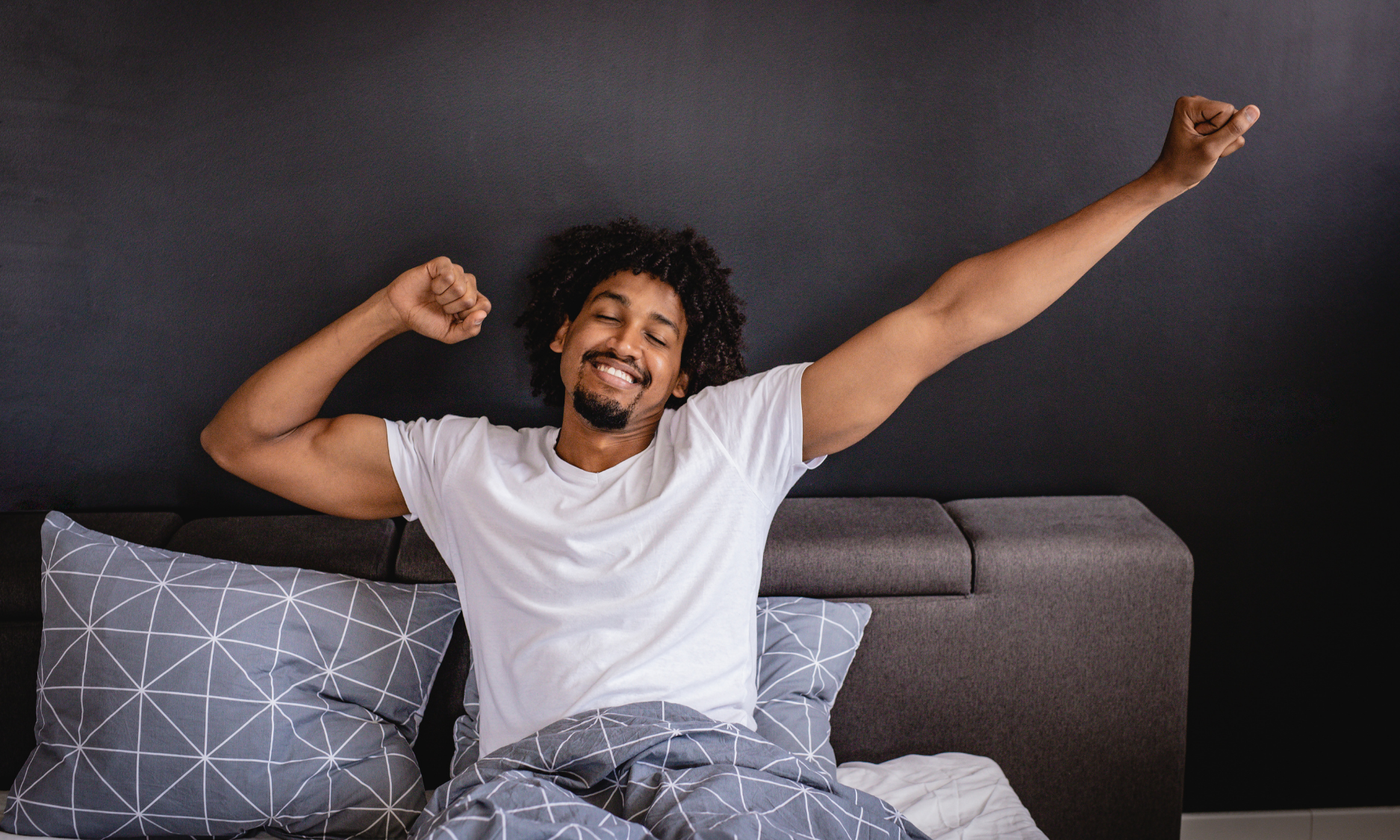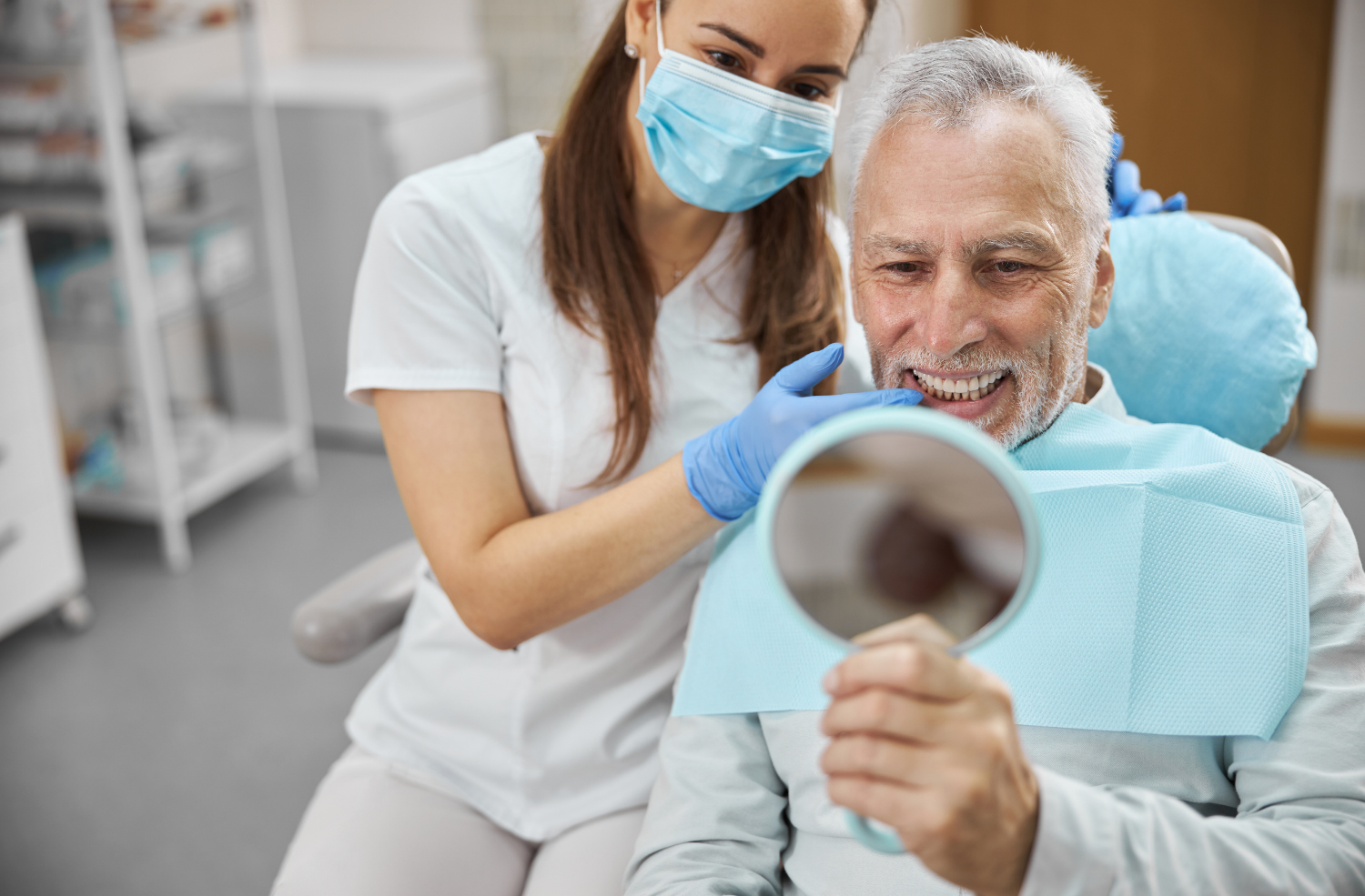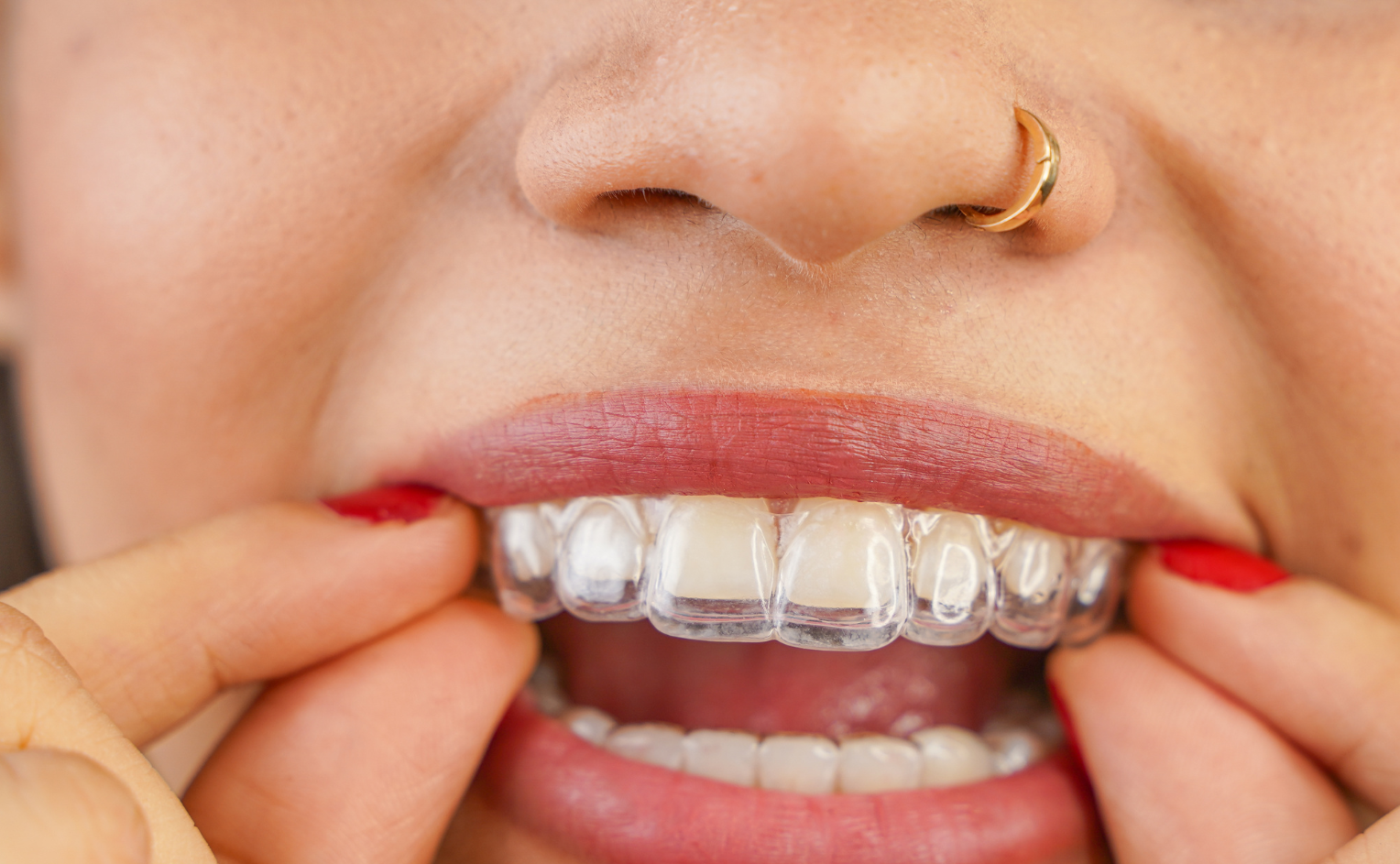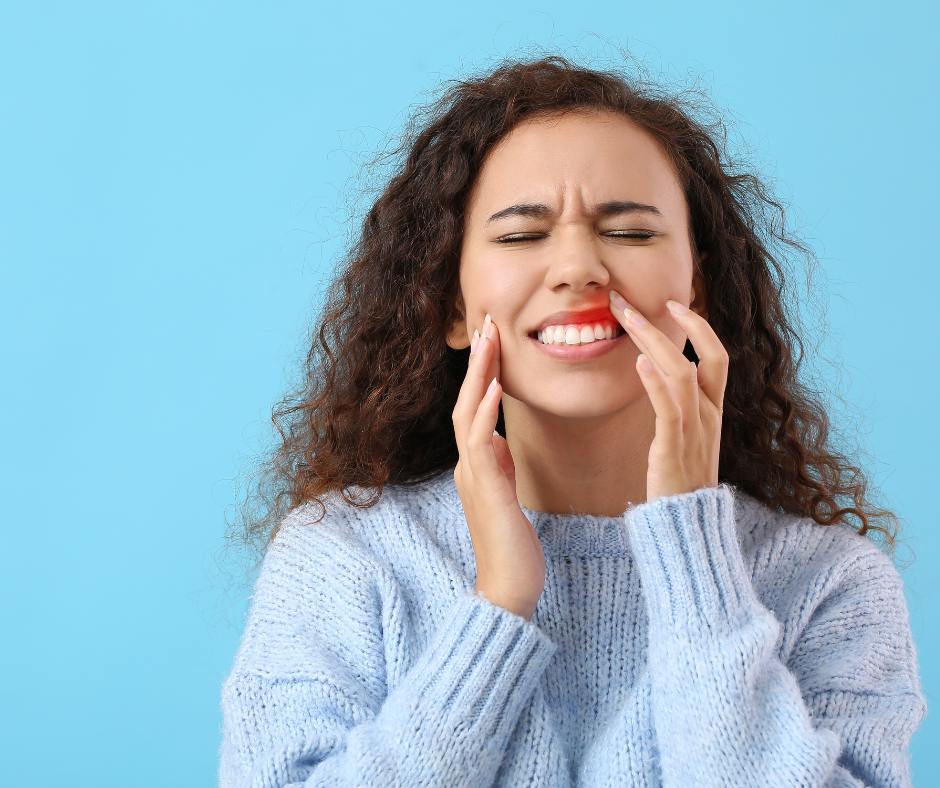What are Koplik Spots and How Do You Know If You Have Them
Key Takeaways
- Koplik spots are an early and highly specific sign of measles, often appearing 1–2 days before the rash. Recognizing them early can lead to faster diagnosis and isolation.
- They typically appear as bluish-white spots with a red halo on the inside of the cheeks (buccal mucosa) and are not usually painful.
- Not all measles cases include Koplik spots, and their brief visibility means they can be easily missed—making timely clinical examination important.
- Koplik spots differ from Forchheimer spots, which appear on the soft palate and are associated with rubella or other viral infections but are not specific.
- The best way to prevent Koplik spots—and measles—is through full MMR vaccination, which offers up to 97% protection against the disease.
What are Koplik Spots and How Do You Know If You Have Them
Koplik spots are small, bluish-white lesions with a red halo that appear inside the mouth, typically on the inner lining of the cheeks (buccal mucosa). These spots are widely regarded by clinicians as one of the earliest and most specific signs of measles, often appearing even before the skin rash develops.
So, are Koplik spots measles? Not exactly—but they are a strong clinical clue that measles is present or imminent. They’re considered pathognomonic for measles, meaning their presence almost exclusively indicates the disease.
Because they occur before other more visible symptoms, Koplik spots can be a useful diagnostic cue especially for dentists or healthcare professionals who may observe them during routine exams or early consultations.
Recognizing these spots early can aid in timely diagnosis and isolation, helping prevent further spread of measles, which is one of the most contagious viral illnesses. Their presence is so distinct that they have been a core part of measles identification since they were first described in 1896 by Dr. Henry Koplik, a pediatrician who sought to differentiate measles from similar febrile illnesses in children.
Identifying Koplik Spots: Appearance, Timing, and Pain
Recognizing Koplik spots early can make a real difference in managing and containing measles outbreaks. They offer one of the first visual clues that the virus is present.
What Do Koplik Spots Look Like?
These lesions typically appear as tiny bluish-white or gray spots, often described as "grains of salt" or “sand” on a red background. They’re most commonly located on the inside of the cheeks, directly opposite the molars. Sometimes, they may extend to the roof of the mouth or even to the lips. Unlike other types of mouth sores, Koplik spots don’t usually ulcerate or form blisters.
At What Stage In Measles Do Koplik’s Spots Appear?
Timing is key. These spots generally appear 1 to 2 days before the more recognizable measles rash begins. They can show up around the same time as other early symptoms such as fever, cough, runny nose, and conjunctivitis (red eyes). Because they surface before the rash, they’re considered an early warning sign and often prompt doctors to initiate isolation and testing.
How Long Do They Last?
Koplik spots are transient. They usually fade within 12 to 72 hours after appearing and disappear completely once the characteristic measles rash takes over the body. If the rash has already appeared, Koplik spots may no longer be visible, which is why early evaluation is so important.
Are Koplik Spots Painful?
This is a common concern. Generally, Koplik spots themselves are not painful, though some individuals might experience minor irritation or sensitivity in the mouth. Any discomfort is typically mild and overshadowed by other symptoms like fever, cough, or general fatigue. In some cases, children may refuse food or drinks, but this is often due to the overall illness rather than the spots specifically.
Why Koplik Spots Form: Pathophysiology Explained
Koplik spots form as a result of the body’s immune response to the measles virus (MeV), which enters through the respiratory tract and then disseminates through the bloodstream. These lesions are not random; they are a direct consequence of localized viral activity and immune-mediated inflammation in the oral mucosa.
The spots reflect the body’s attempt to contain the infection at the mucosal level. They appear as part of a broader immune reaction involving the cytokine-mediated destruction of epithelial cells, particularly in the buccal mucosa.
The necrotic epithelial cells, surrounded by immune cells and inflammation, form the white or bluish spots characteristic of Koplik lesions.
Immune Response and Viral Behavior in Mucous Membranes
After initial infection via the respiratory tract, the measles virus replicates in dendritic cells and lymphocytes, which then spread the virus throughout the body. One of the first visible effects of this systemic spread occurs in the mucosal tissues of the mouth.
The buccal mucosa is a high-traffic immune zone, and the virus's replication in this area prompts a strong local immune response. The accumulation of inflammatory cells, along with sloughed-off epithelial tissue, gives rise to the distinctive appearance of Koplik spots.
This immune reaction is also what contributes to the red halo surrounding the white or bluish lesions—a ring of inflammation demarcating the affected tissue.
Koplik Spots vs. Forchheimer Spots
While both Koplik and Forchheimer spots are oral lesions associated with viral infections, they differ in important ways:
- Koplik spots appear as small, bluish-white spots on the
buccal mucosa, opposite the molars, and are
specific to measles.
- Forchheimer spots are small, reddish spots that appear on the
soft palate and are seen in
rubella, scarlet fever, and mononucleosis.
Koplik spots typically occur before the measles rash appears, whereas Forchheimer spots are seen concurrently or just before the rubella rash.
Comparing Koplik Spots vs. Forchheimer Spots
| Feature | Koplik Spots | Forchheimer Spots |
|---|---|---|
| Color | Bluish-white with red halo | Red or pink |
| Location | Location Buccal mucosa (cheeks) | Soft palate |
| Size | 1–2 mm | Slightly larger, variable |
| Associated Illness | Measles | Rubella, scarlet fever, mononucleosis |
| Timing | 1–2 days before measles rash | Concurrent with rubella rash |
| Diagnostic Value | Pathognomonic for measles | Supportive, not specific |
How Clinicians Tell Them Apart
Clinicians rely on location, timing, and clinical context to distinguish between these two findings. Koplik spots are more diagnostically conclusive; if they are present, it’s a strong indication of measles.
Forchheimer spots, on the other hand, are nonspecific and require supportive evidence, such as lab confirmation or other systemic symptoms, to reach a diagnosis.
In uncertain cases, healthcare providers may use additional clues—such as vaccination history, recent exposure, and accompanying symptoms—to make a clinical decision.
Diagnosing Measles Using Koplik Spots
Koplik spots serve as an important early diagnostic clue for measles, especially during outbreaks or in under-vaccinated populations. Their appearance 1 to 2 days before the classic measles rash provides healthcare providers with a narrow but valuable window to identify and isolate potential cases quickly.
In outbreak scenarios, presumptive diagnosis is often based on clinical signs like Koplik spots along with patient history and symptom presentation.
Other Symptoms That Appear Alongside Them
Koplik spots usually occur during the prodromal phase of measles, a period marked by:
- High fever (often over 101°F or 38.3°C)
- Cough
- Coryza (runny nose)
- Conjunctivitis (red, irritated eyes)
This combination of symptoms, along with oral lesions, creates a recognizable clinical pattern that helps distinguish measles from other viral illnesses in its early stages.
Limitations in Diagnosis
Despite their diagnostic value, Koplik spots are not always present or visible. Several studies and clinical reviews have shown that they may be absent in up to 30 to 40% of measles cases, especially if the patient is seen after the rash has already appeared.
Additionally, variations in mucosal pigmentation or lighting conditions can make them harder to detect, particularly in individuals with darker skin tones or oral mucosa.
Due to their fleeting nature, a lack of visible Koplik spots does not rule out measles. Laboratory confirmation with measles-specific IgM antibody testing or polymerase chain reaction (PCR) remains the diagnostic gold standard.
Managing Measles and Oral Symptoms
When it comes to measles, most people think of skin rashes and fevers, but the virus can also affect the mouth in significant ways. Recognizing and managing these oral symptoms is key to early detection and comfort during recovery.
The Role of Dental Exams in Early Measles Detection
- Regular Dental Check-ups Matter: Dentists are trained to spot abnormalities in the mouth, including Koplik spots, which might go unnoticed by others.
- Early Detection Advantage: Identifying measles early through oral signs can lead to quicker isolation, preventing the spread of the virus, and prompt medical attention to reduce complications.
- Professional Insight: Dental professionals can also advise on oral hygiene practices during infection, helping to prevent secondary bacterial infections in the mouth.
Scheduling regular dental exams can be a surprising yet vital step in catching diseases like measles early, especially when oral symptoms precede other signs.
Oral Complications Linked to Measles
Measles can also lead to various oral health issues. The virus affects the immune system, making the body more susceptible to infections, including in the mouth.
Gingival Manifestations
- Inflamed Gums: Measles can cause gingivitis, an inflammation of the gums, leading to redness, swelling, and bleeding.
- Increased Sensitivity: Gums may become tender, making eating and oral care uncomfortable.
Other Oral Manifestations
- Dry Mouth: Fever and dehydration can reduce saliva production, contributing to discomfort and increasing the risk of cavities or secondary infections.
- Secondary Infections: The weakened immune state can allow bacteria to thrive, potentially leading to mouth sores, thrush, or periodontal issues.
Final Thoughts on Koplik Spots and Measles Prevention
Koplik spots are a rare but highly specific early sign of measles, appearing just before the onset of the full-body rash. Though small and painless, these bluish-white lesions on the inside of the cheeks can offer a critical window for early diagnosis—often days before a patient realizes they have measles.
Early detection from regular dental checkups can make a real difference in stopping the spread. If you notice unusual spots inside the mouth, seeking timely care is crucial. Austin Elite Smiles is here to help.
With a trained eye for oral health signs that may indicate systemic illness, our team is committed to helping patients stay safe, informed, and supported.
Book an appointment and start scheduling regular dental checkups today for early detection and better health.
FAQs
Are Koplik spots contagious?
Koplik spots themselves are not contagious, but they indicate that a person is in the contagious phase of measles. Anyone with Koplik spots likely has active measles and can spread the virus through coughing, sneezing, or even being in the same room.
Can measles occur without Koplik spots?
Yes, not all individuals with measles will develop visible Koplik spots. Some studies suggest that they may be present in only 50–70% of cases. Their absence does not rule out measles, especially when other symptoms are present.
Do all children develop them?
No. While more commonly seen in children, especially those who are unvaccinated, not all children with measles will show Koplik spots. Their appearance depends on the stage of illness and the individual immune response.
Should I visit a dentist or doctor if I notice them?
Yes. If you notice Koplik-like spots inside your mouth—especially along with fever, cough, or red eyes—consult a healthcare provider or dentist immediately. Early detection allows for proper testing, isolation, and treatment guidance to prevent spreading the illness.














